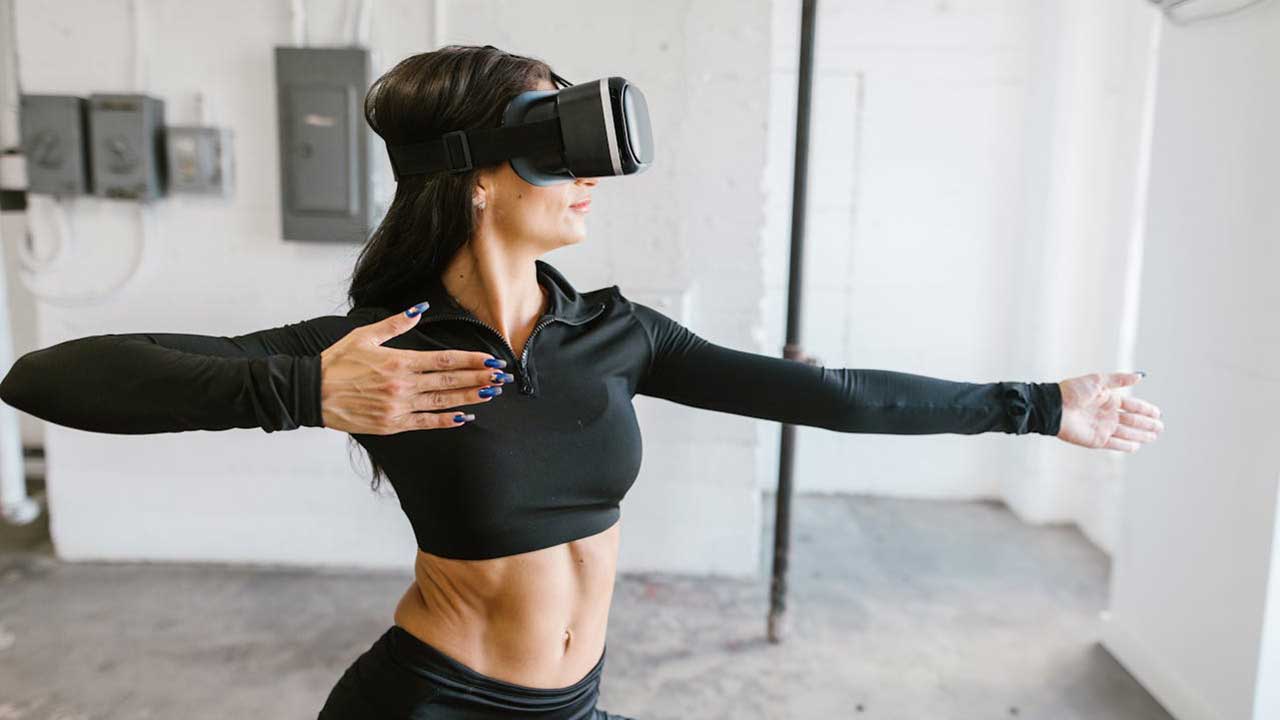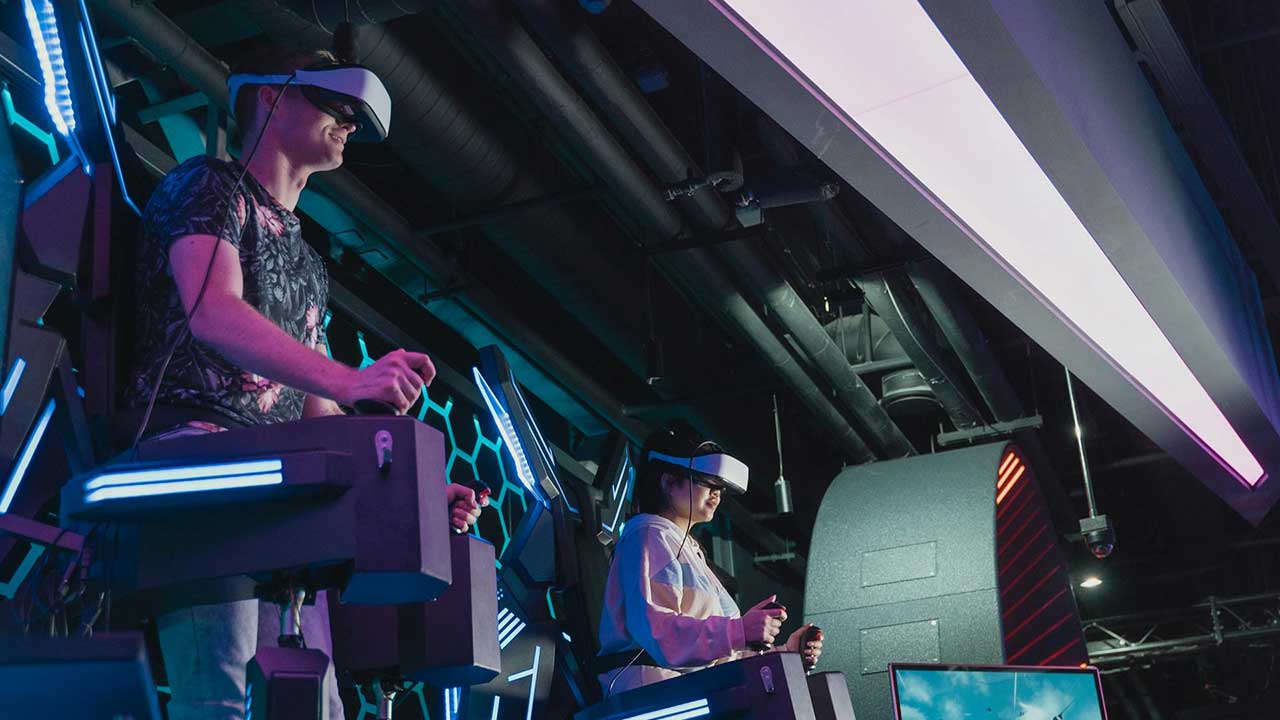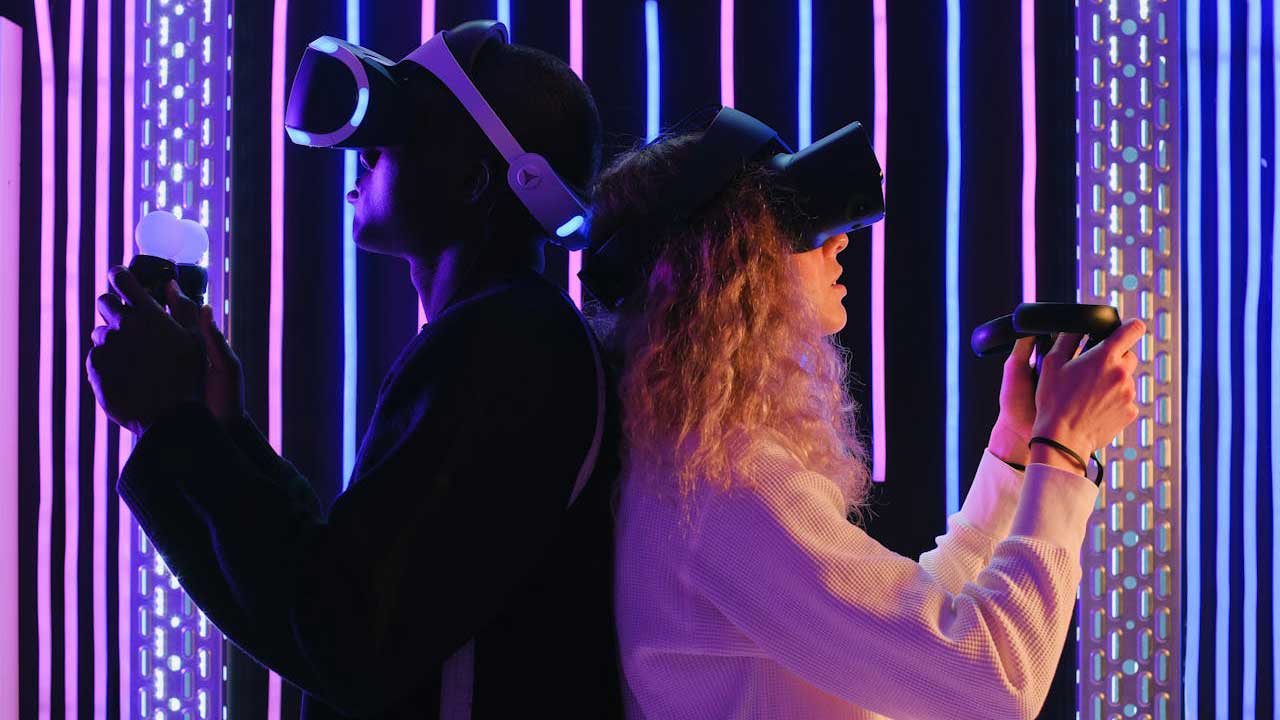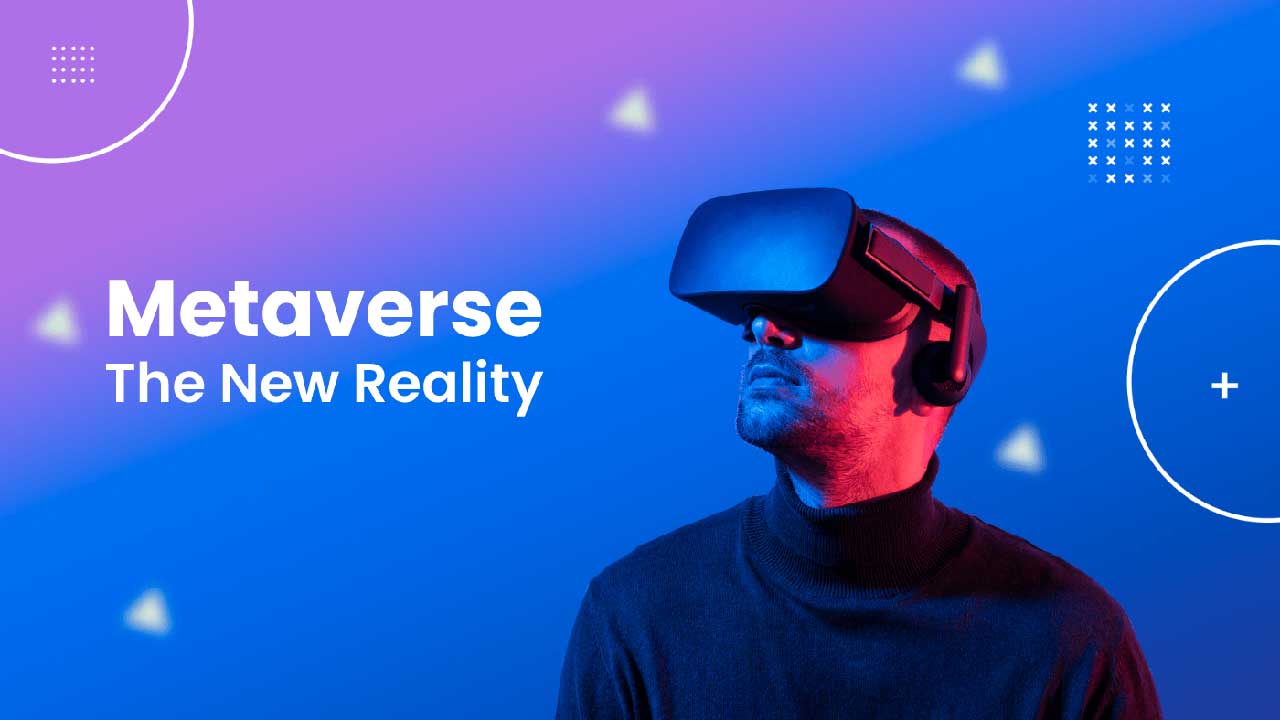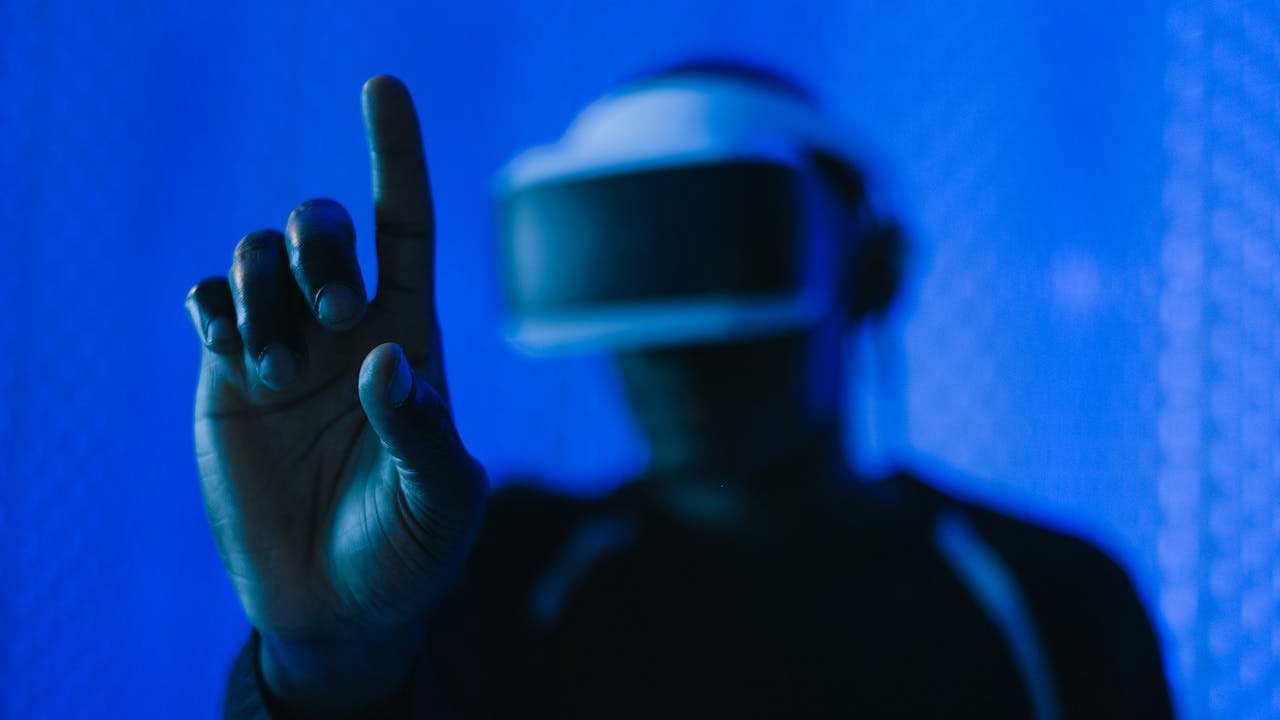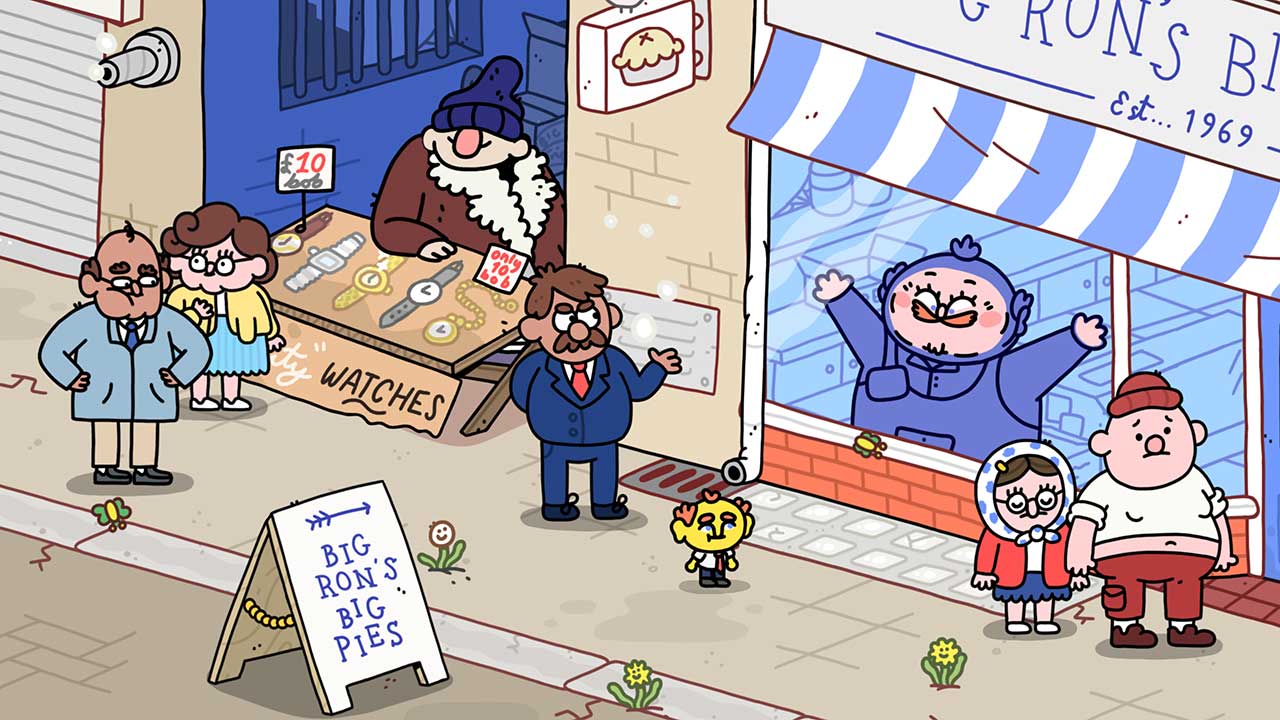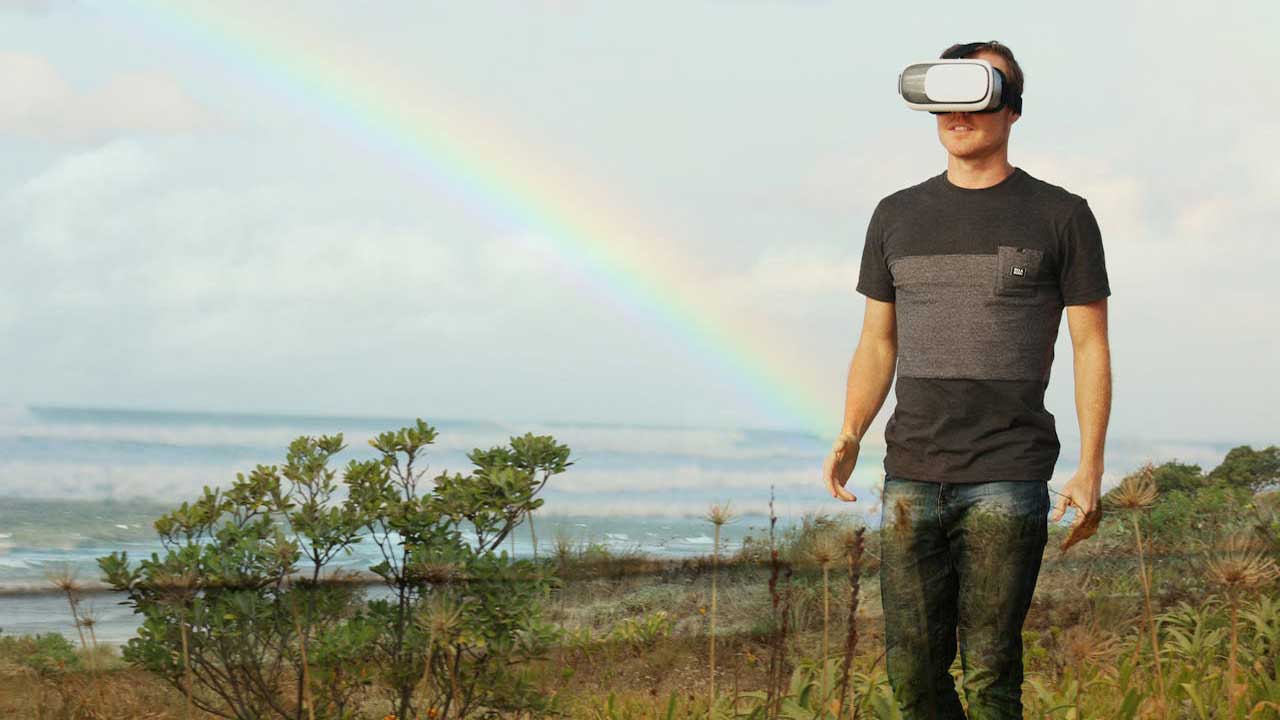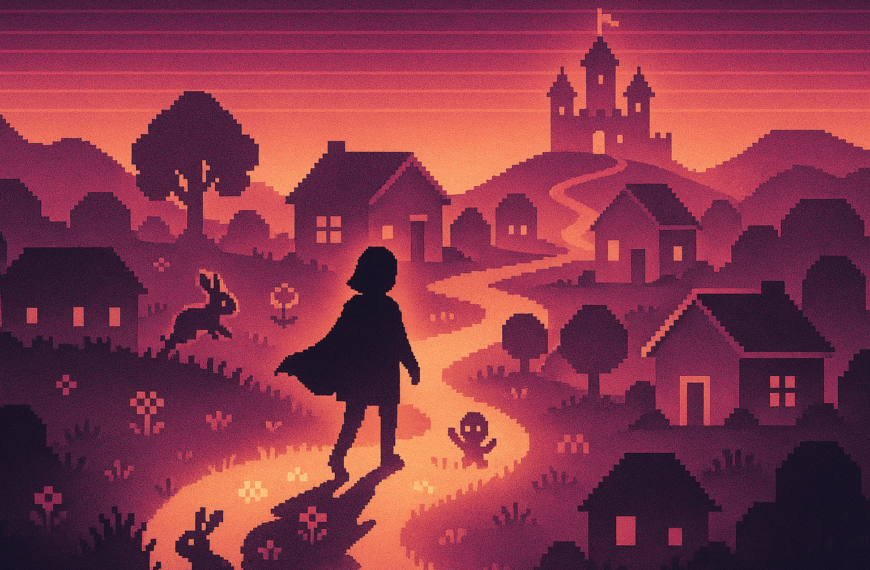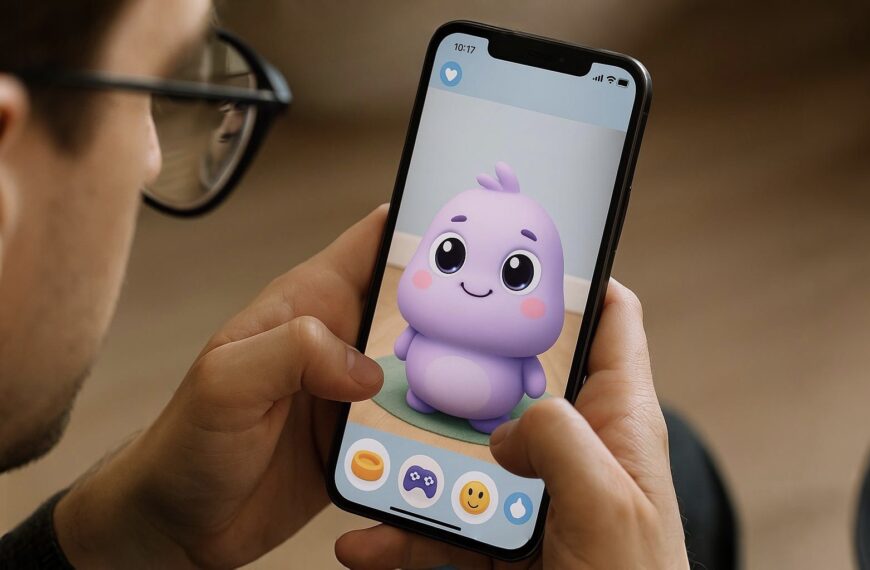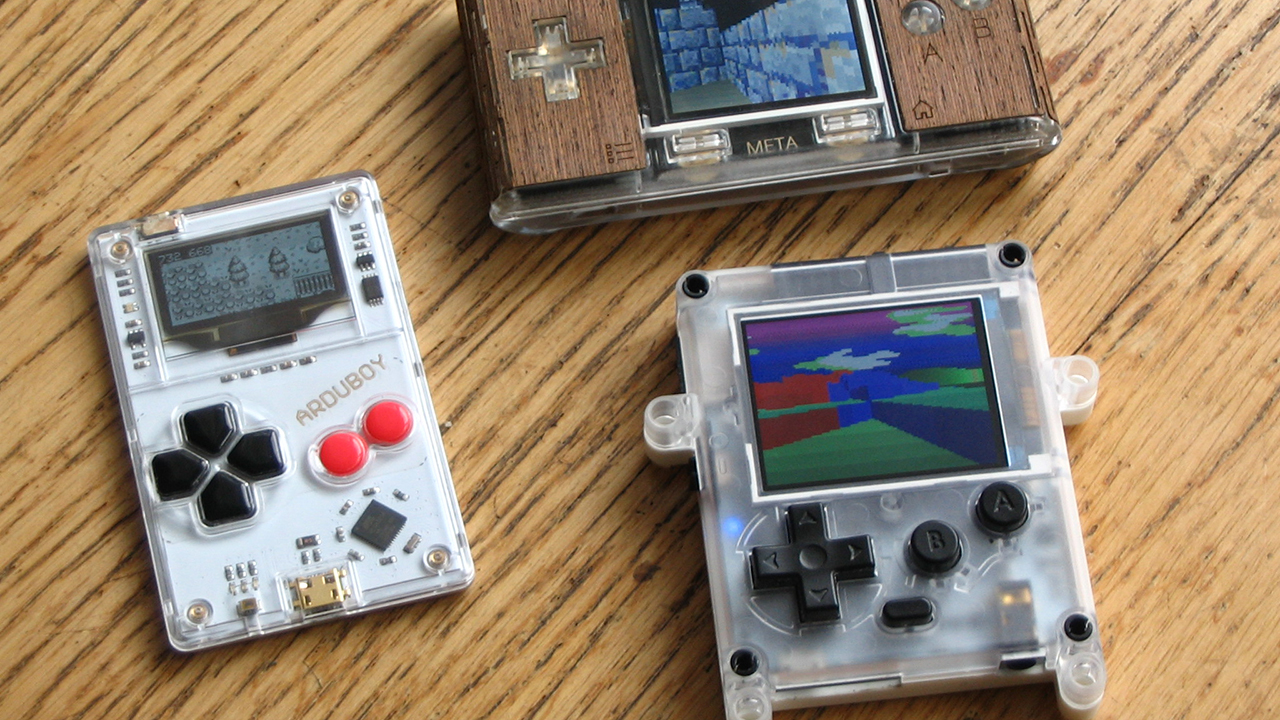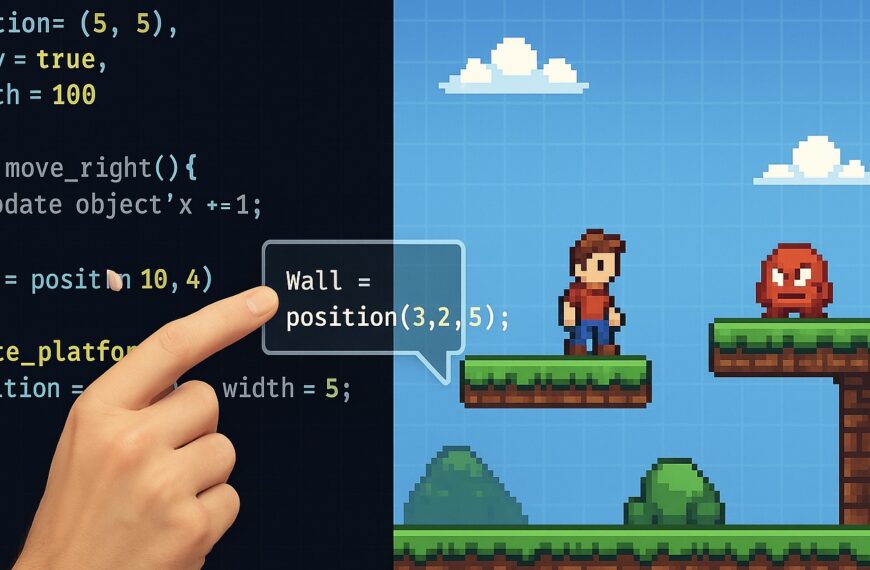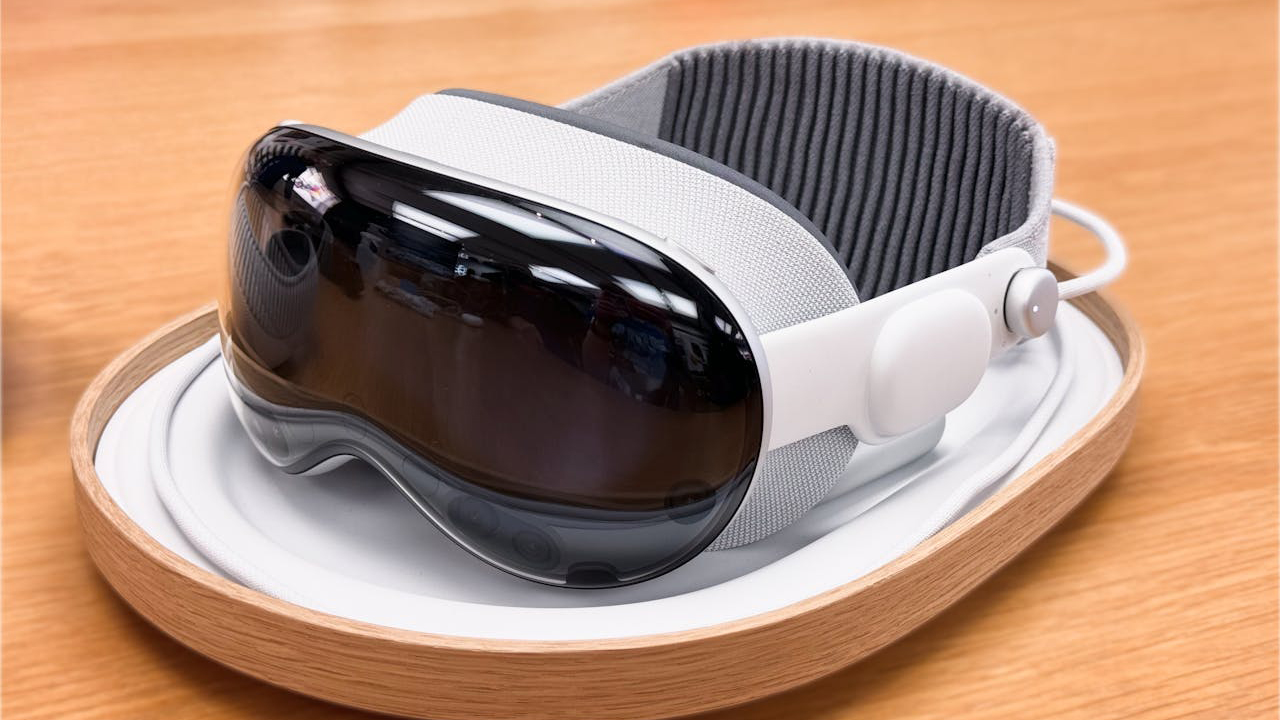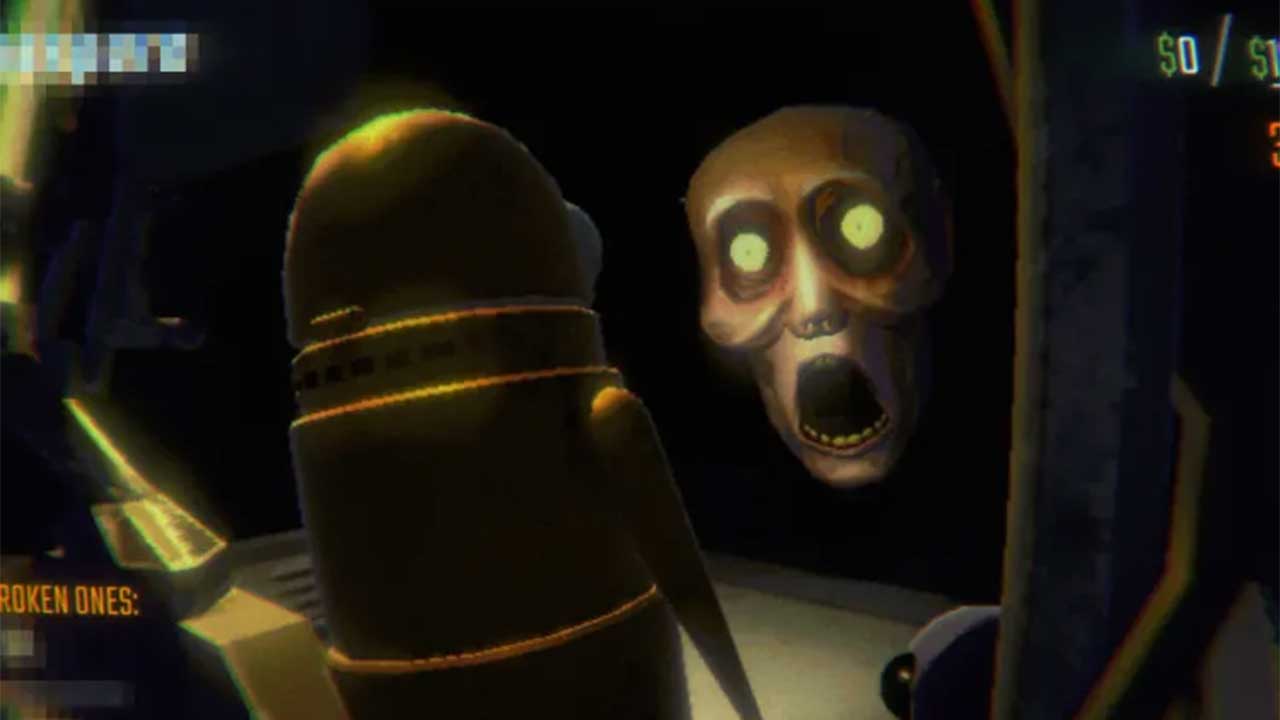Horror games in VR don’t just show you something scary—they put you in a space where it feels like it’s happening around you. That difference changes how your brain and body respond, and it’s a big part of why horror tends to feel more intense in virtual reality than on a regular screen.
Instead of watching someone else open the creepy door, it’s your hand reaching for it. That shift is everything.
Presence Changes the Experience
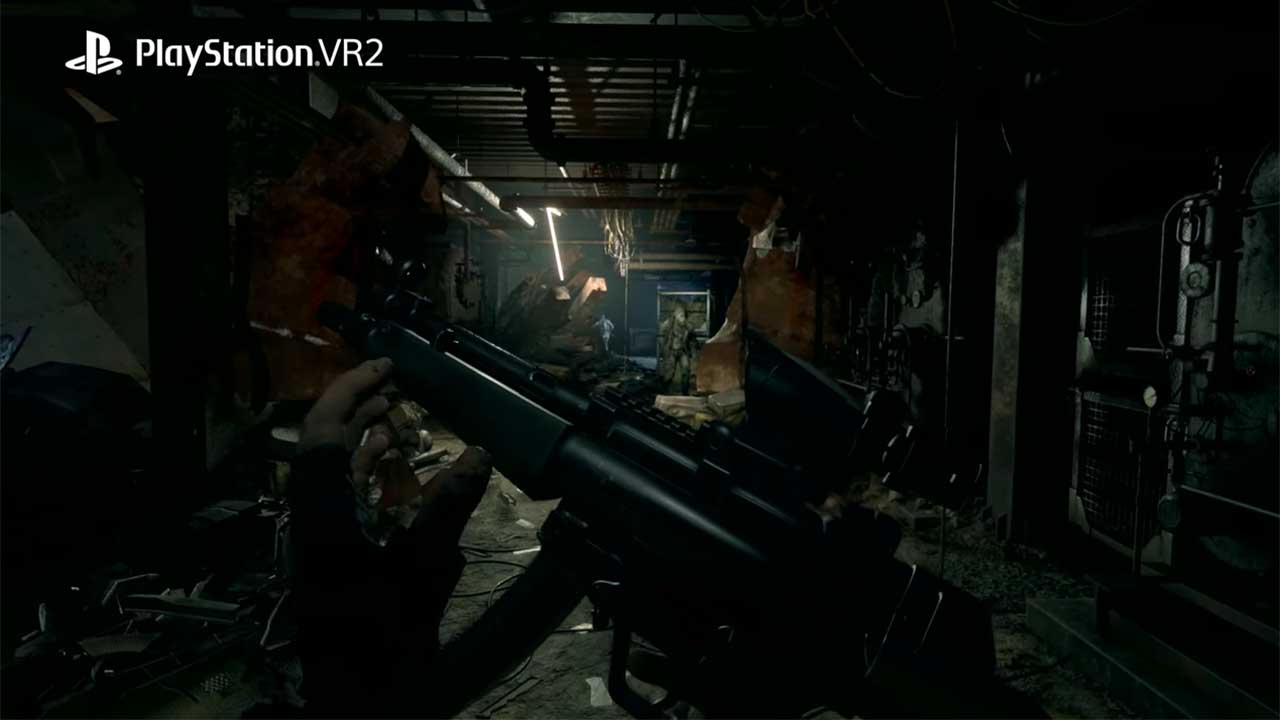
One of the main reasons horror works better in VR is that it creates a strong sense of presence. It’s not just about visuals—it’s how your brain processes space and proximity. A 2020 study found that players in VR reported significantly higher fear responses than those playing the same game on a traditional display.
That added presence is something games like Resident Evil 4 VR build around. They don’t just rely on jump scares—they let the atmosphere get under your skin slowly.
Your Body Reacts Like It’s Real
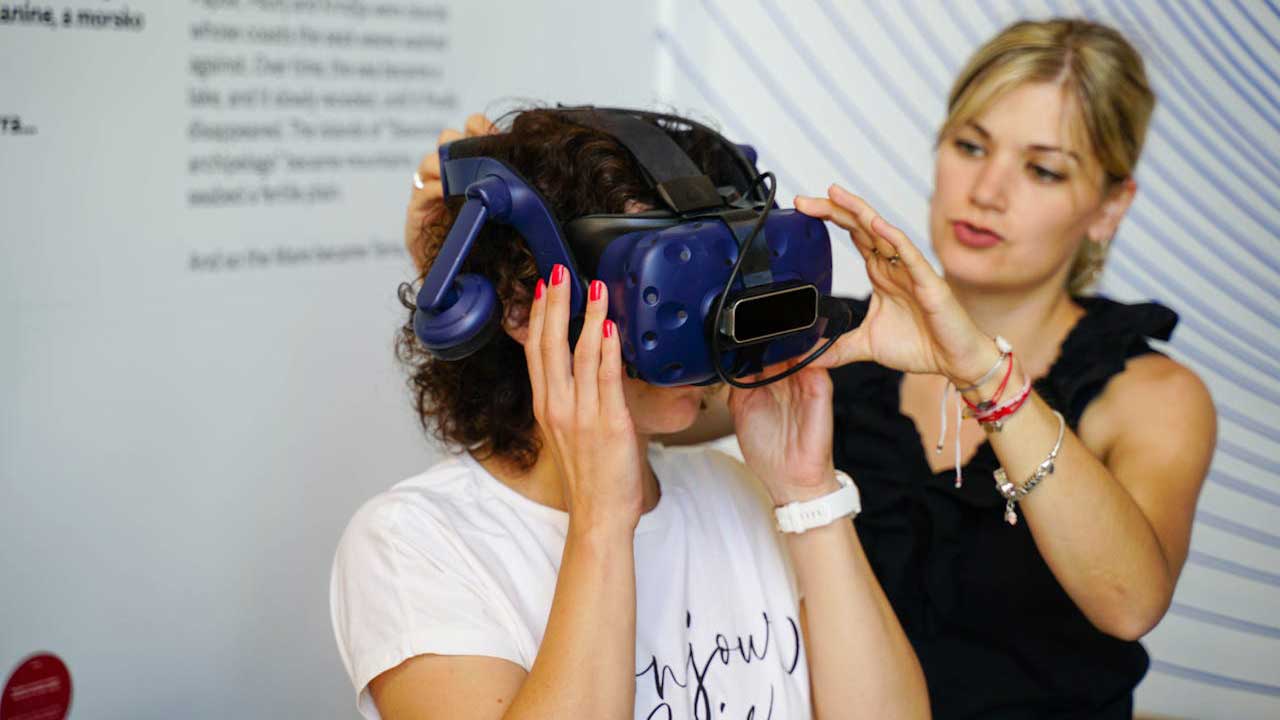
Fear in VR feels more physical. Even when you know it’s a game, your body doesn’t always respond that way. Heart rate goes up. Breathing changes. Your body braces as if it’s preparing for something to actually happen.
This isn’t accidental—many developers use 360-degree audio to mess with your spatial awareness. Footsteps behind you or small shifts in sound can create tension without needing anything on screen. It’s low-key, but it works.
You’re Making the Choices
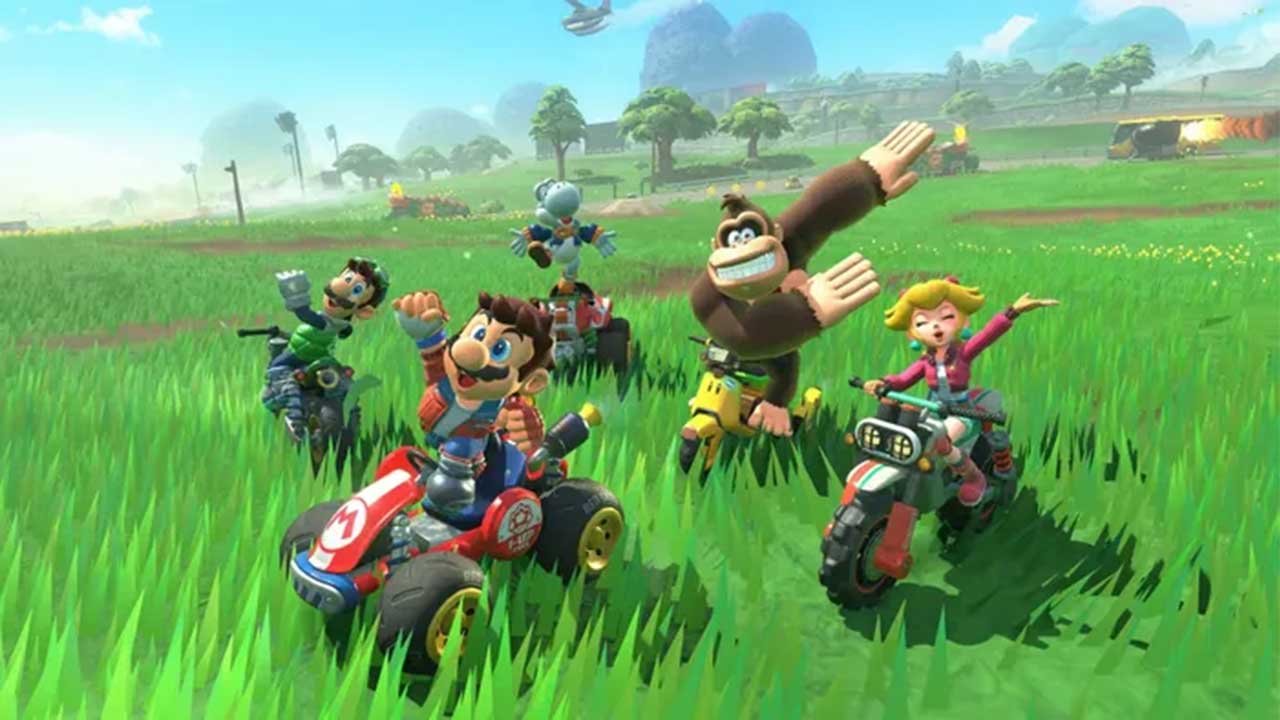
There’s also the matter of control. In VR, you’re not passively watching events unfold. You’re deciding whether to move forward, where to look, and how to react. That sense of agency adds to the pressure.
In A Chair in a Room: Greenwater, you’re not led from scene to scene. You explore at your own pace, which makes every interaction feel more personal—and potentially more unsettling.
Some Fear Lingers After the Game Ends
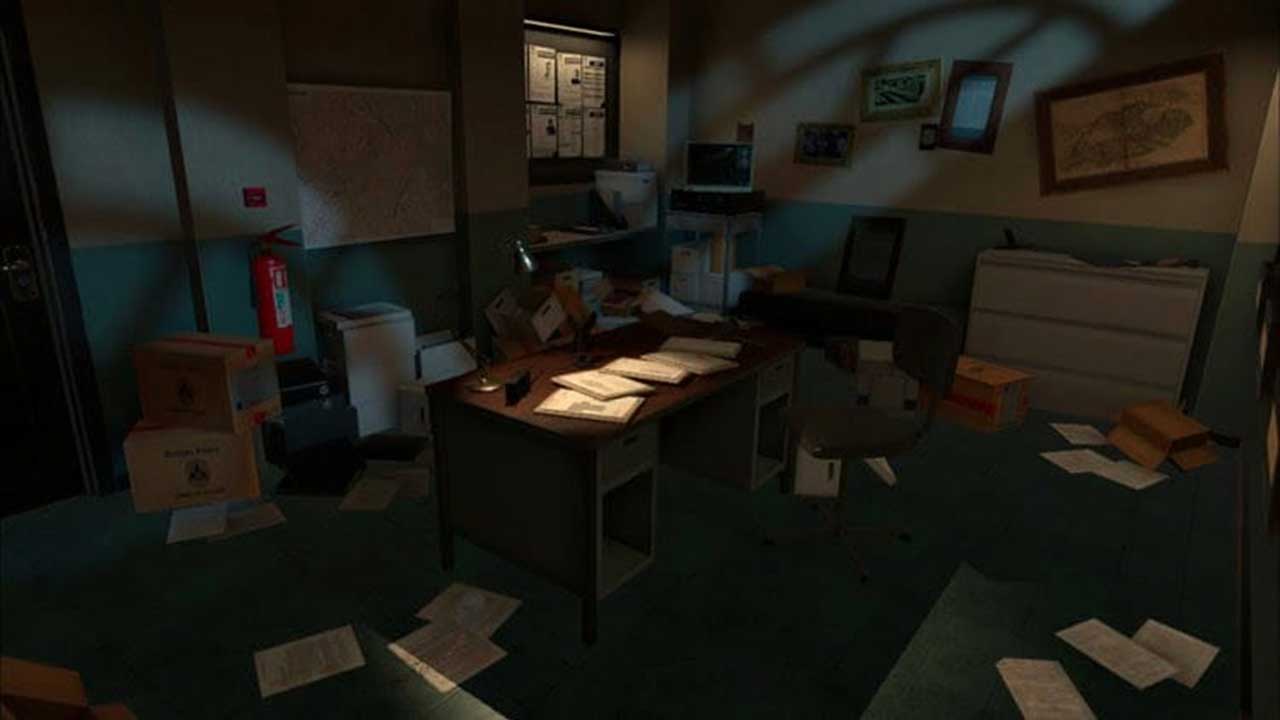
For some players, the fear doesn’t stop when the headset comes off. A number of VR horror titles leave people feeling uneasy even hours after playing. That might sound dramatic, but it’s surprisingly common in games designed with subtle pacing and environmental tension.
With something like The Exorcist: Legion VR, players often mention how the audio and lighting stayed with them, even after they shut it down. It’s not about what you see—it’s how it felt in the moment.
VR Horror Doesn’t Have to Do Much
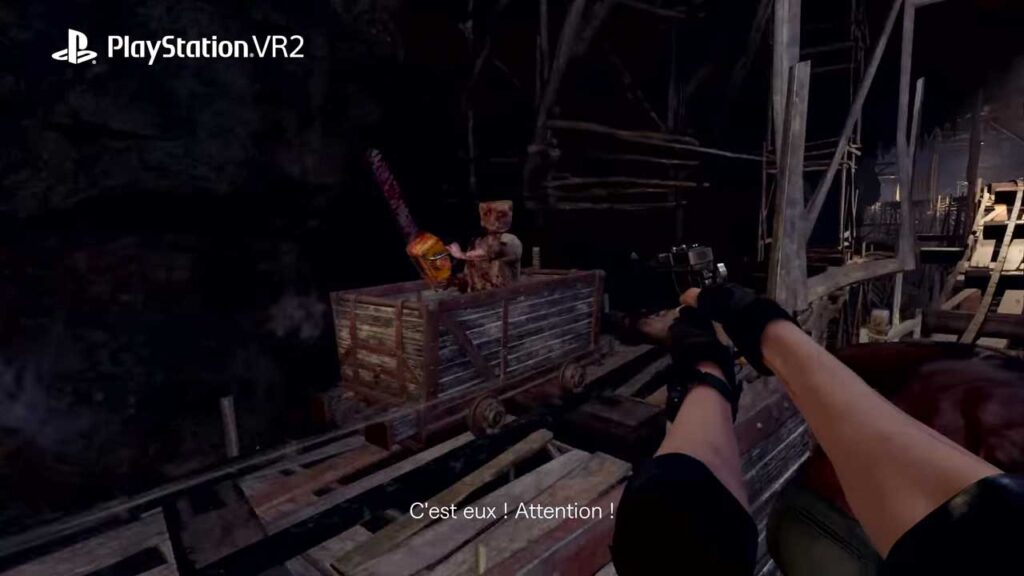
The reason VR horror works so well isn’t complicated. The format naturally makes people more alert, more involved, and more reactive. You don’t need elaborate monsters or wild mechanics. Just a quiet hallway and some subtle sound design can be enough.
When you take away the distance between the screen and the player, even small things start to feel bigger.
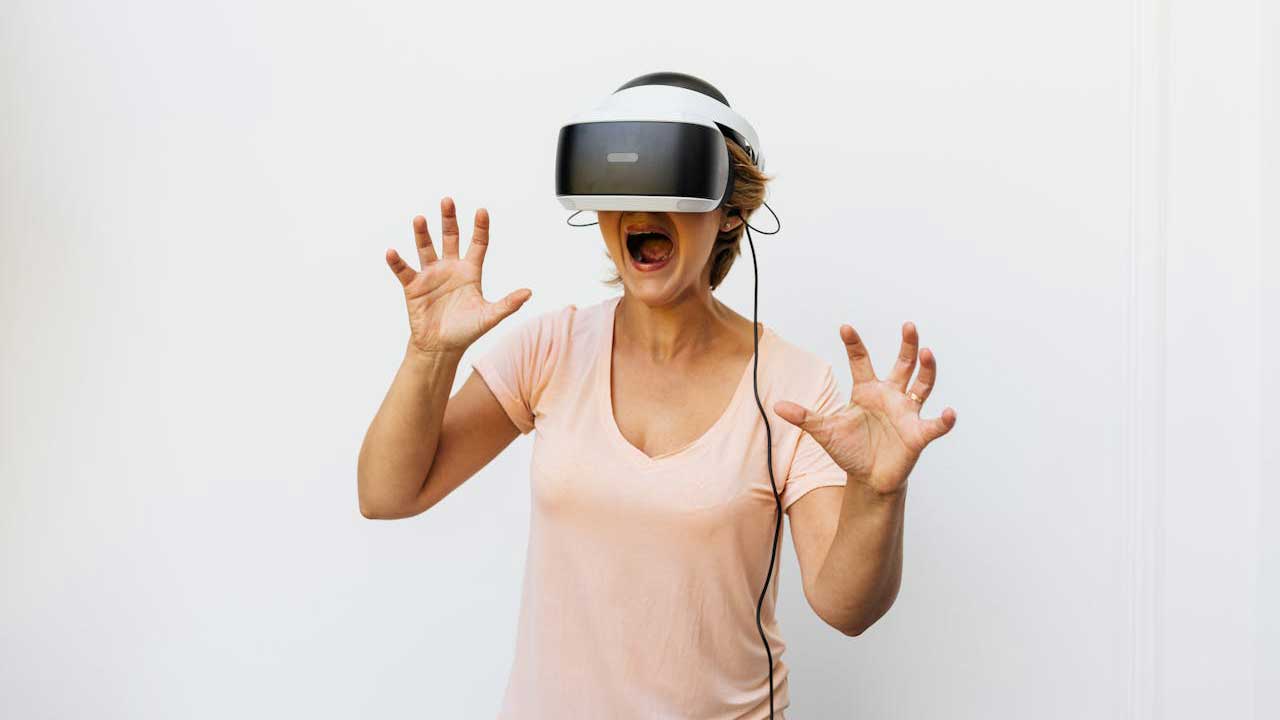
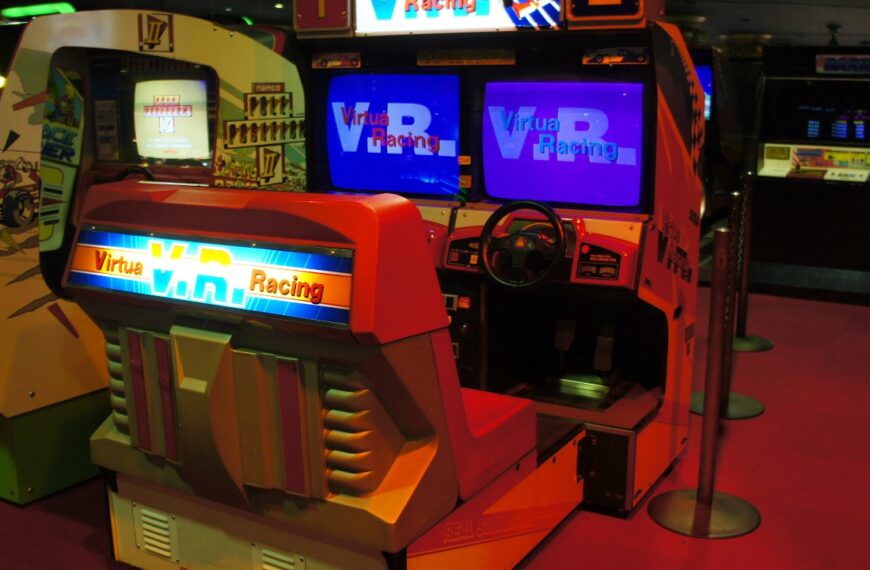
 By
By